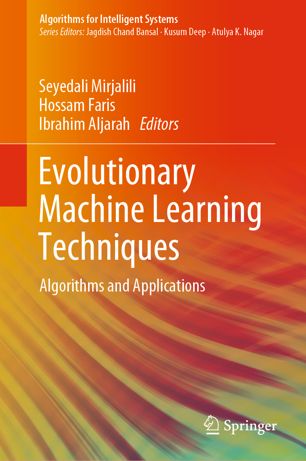

Most ebook files are in PDF format, so you can easily read them using various software such as Foxit Reader or directly on the Google Chrome browser.
Some ebook files are released by publishers in other formats such as .awz, .mobi, .epub, .fb2, etc. You may need to install specific software to read these formats on mobile/PC, such as Calibre.
Please read the tutorial at this link: https://ebookbell.com/faq
We offer FREE conversion to the popular formats you request; however, this may take some time. Therefore, right after payment, please email us, and we will try to provide the service as quickly as possible.
For some exceptional file formats or broken links (if any), please refrain from opening any disputes. Instead, email us first, and we will try to assist within a maximum of 6 hours.
EbookBell Team

4.3
58 reviewsThis book provides an in-depth analysis of the current evolutionary machine learning techniques. Discussing the most highly regarded methods for classification, clustering, regression, and prediction, it includes techniques such as support vector machines, extreme learning machines, evolutionary feature selection, artificial neural networks including feed-forward neural networks, multi-layer perceptron, probabilistic neural networks, self-optimizing neural networks, radial basis function networks, recurrent neural networks, spiking neural networks, neuro-fuzzy networks, modular neural networks, physical neural networks, and deep neural networks.
The book provides essential definitions, literature reviews, and the training algorithms for machine learning using classical and modern nature-inspired techniques. It also investigates the pros and cons of classical training algorithms. It features a range of proven and recent nature-inspired algorithms used to train different types of artificial neural networks, including genetic algorithm, ant colony optimization, particle swarm optimization, grey wolf optimizer, whale optimization algorithm, ant lion optimizer, moth flame algorithm, dragonfly algorithm, salp swarm algorithm, multi-verse optimizer, and sine cosine algorithm. The book also covers applications of the improved artificial neural networks to solve classification, clustering, prediction and regression problems in diverse fields.